Up until last year when news dropped of how energy prices were about to go sky high, installing solar panels may have seemed like an expensive luxury to most of us.
Now it seems like a way out, and demand for domestic and industrial solar systems has shot up. I had made the switch to EVs in 2021, and although it wasn’t part of a master plan, suddenly the idea of turning the house into a mini power station became strangely compelling.
If a solar system is producing more energy than can be used there and then, EV batteries are an ideal place to store it.
Solar systems come in various types. The most popular option is to install a hybrid system, integrating inverter, solar panels and battery storage together. The inverter also manages the flow of power between house, batteries and, when excess power is produced, back into the grid.
Batteries can also be charged from the grid on a low tariff, then the power used during peak periods, but they’re not that big, which is why EVs with their huge storage capacity are an ideal accessory.
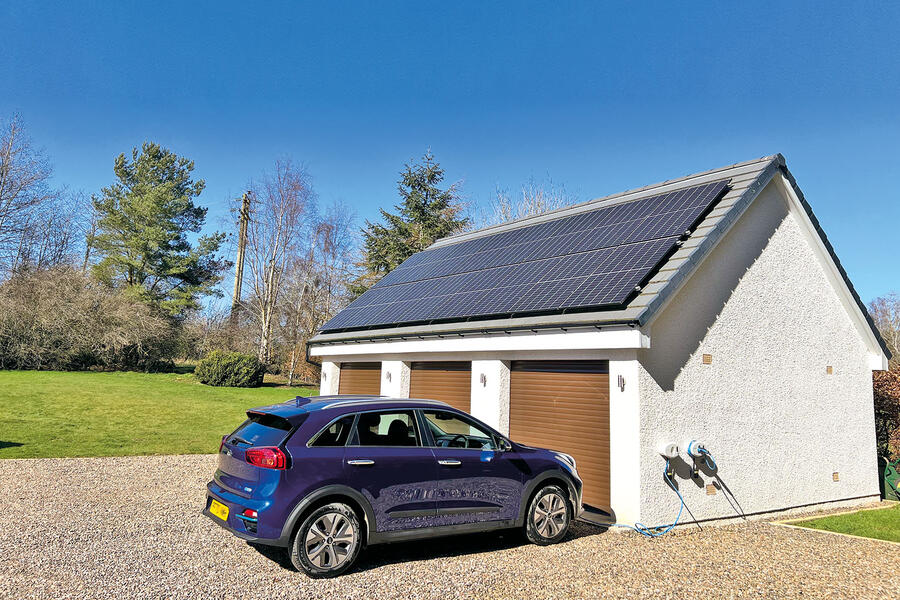
My starting point was to check the household energy bills, which told me that over the past 12 months, including charging two EVs at home, we had used around 6500kWh (units) of electricity.
For solar systems to be effective, they ideally need to be facing south or thereabouts, and my garage faces south-south-west and is free of shade for most of the day. So far so good, and I thought it might be possible to generate around 6000kWh a year.
Interest-free loans for solar systems are available from the government in Scotland, where I live, via the Energy Savings Trust and, even at 2022 energy prices, I hoped it would be cheaper to make the loan repayment than pay the energy supplier.
Even using a commercial low-interest loan would still stack up. To qualify, I had to use an MCS-certified installer (Microgeneration Certification Scheme), who should adhere to a set of standards for installation and equipment.
I opted for hybrid (solar plus batteries) and my chosen installer, Locogen Energy Services, came back with a quote that included several pages of information such as expected daily energy flows for the area I live in, system performance predictions and environmental benefits.


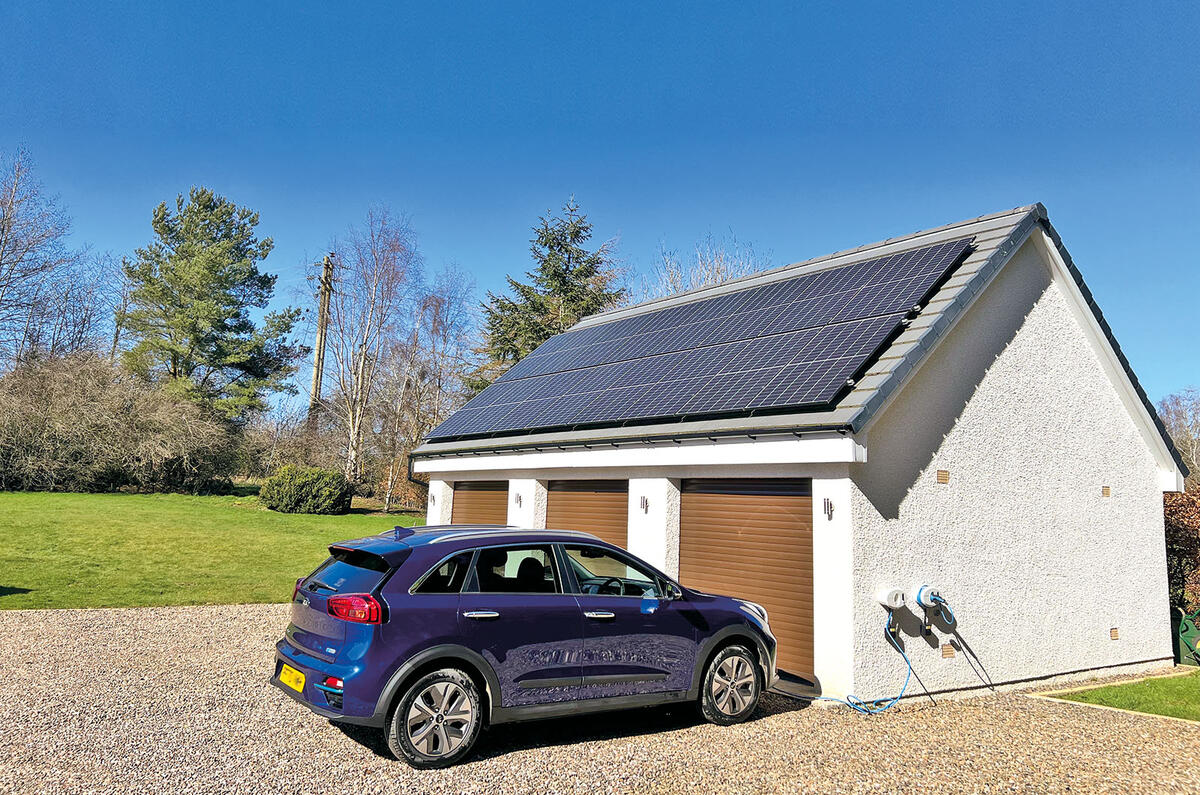
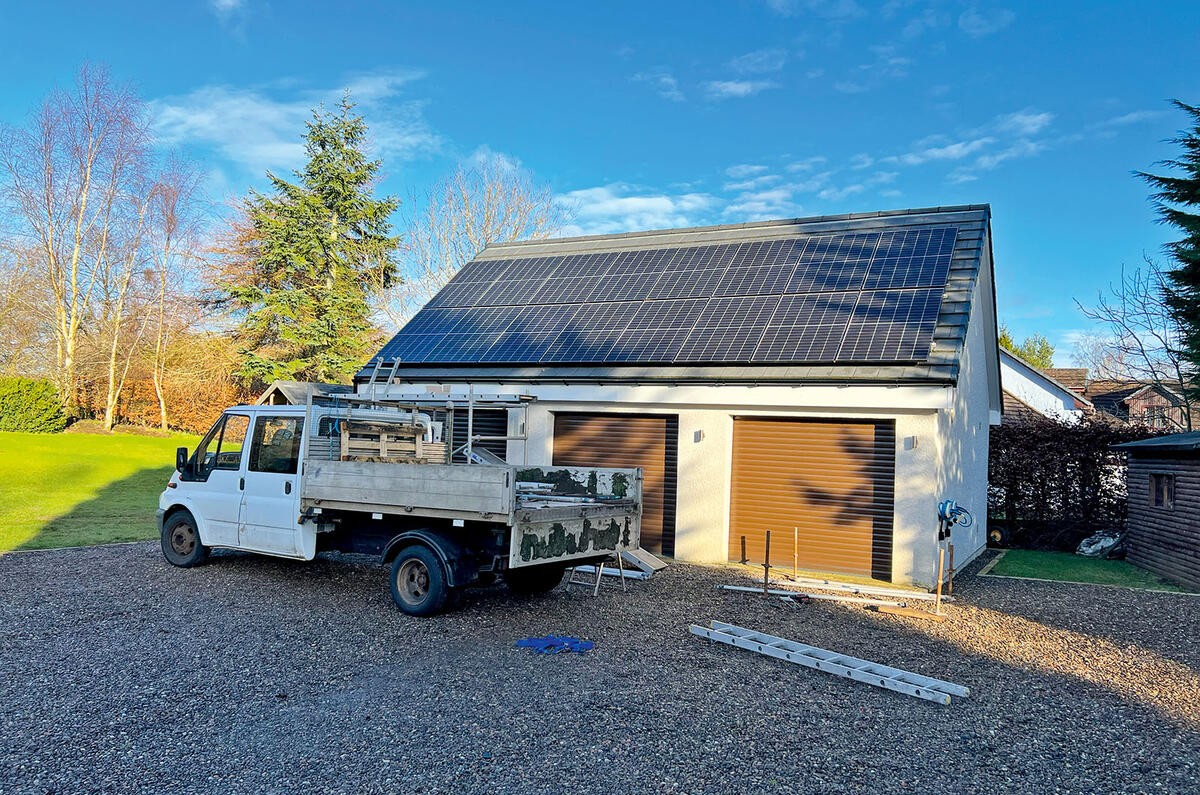
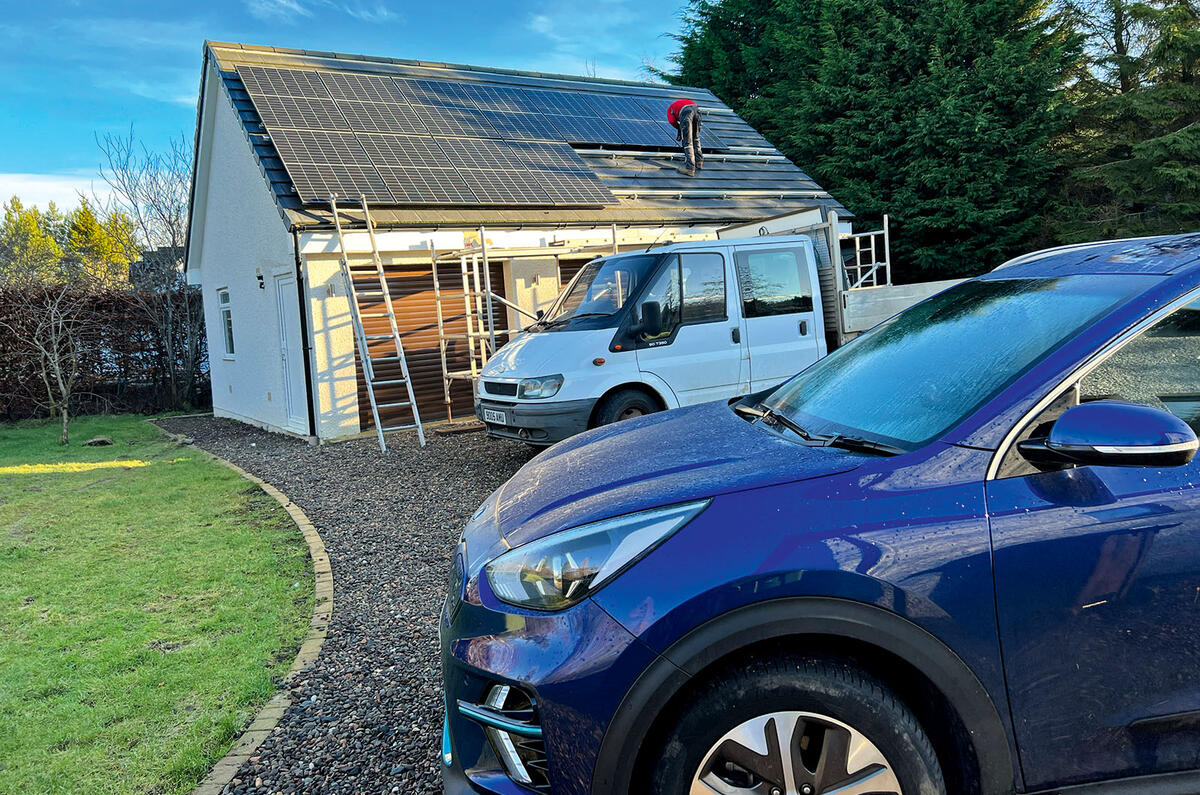
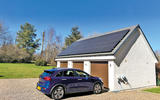

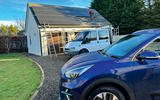



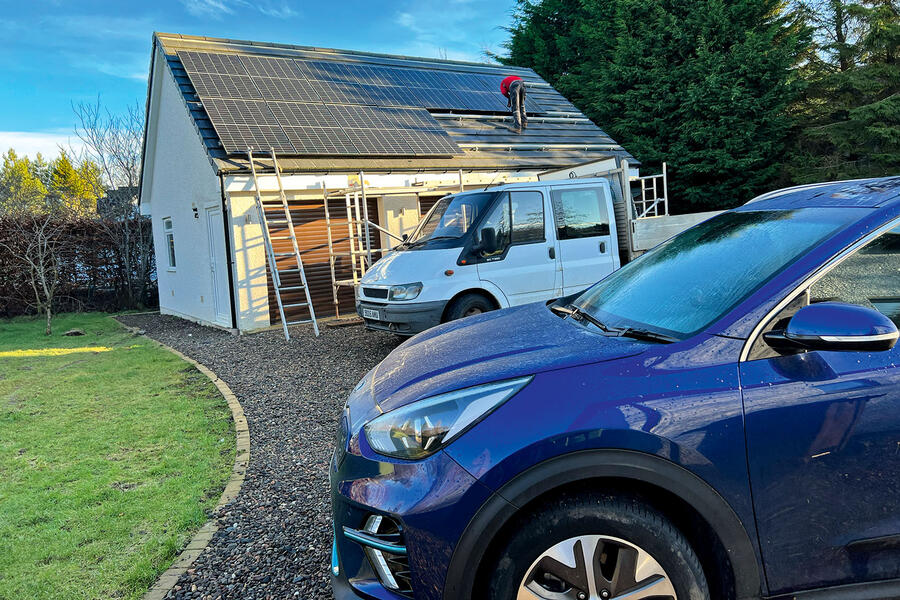

Join the debate
Add your comment
I get paid more than $200 to $400 per hour for working online. I heard about this job 3 months ago and after joining this I have earned easily $30k from this without having online working skills . q4 Simply give it a shot on the accompanying site…
Here is I started.…………www.jobsrevenue.com
Already have a 4kw solar system and now looking at extra panels purely for an EV. Some cars, eg certain Hyundais, can be used as a storage battery. Don't let an installer tell you that you can use solar panels in a mains power cut - supply needs to be synched with mains power.
An EV with solar panels is a good combination which can indeed provide free charging. That is, providing the owner has £11k to invest, a relatively large south facing roof, decent weather and a car lying idle during the day. The example here might work even better if the neighbouring trees to the east could be chopped down! And beware of pigeons who seem to have learnt that solar panels make a particularly attractive place to nest. I and a number of solar panel owning neighbours had this problem - and it can be expensive to fit the necessary protective mesh around the perimiter of the panels to prevent this...
The feed in tarif is now a fraction of what it was a decade ago (when the panels were heavily over incentivised), so to use them to charge an EV makes considerable sense. I would also agree that it should now be a requirement to make them compulsory on new build properties in suitable locations.
The mesh isn't that expensive and the installer should have informed them of the option at the time, we've never had a problem with our solar panels albeit they are thermal ones.
You're right, the mesh isn't that expensive, but the scaffolding cost a fortune!
It's definitely an issue where I live. I'd estimate that around half of solar panel installations either have wire mesh protection or a flock of pigeons already nesting.
Must admit I was not informed of the issue 8 years ago, but presumably pigeons have learnt that it's a good location and somehow communicated this to others! Maybe thermal panels have less clearance underneath?